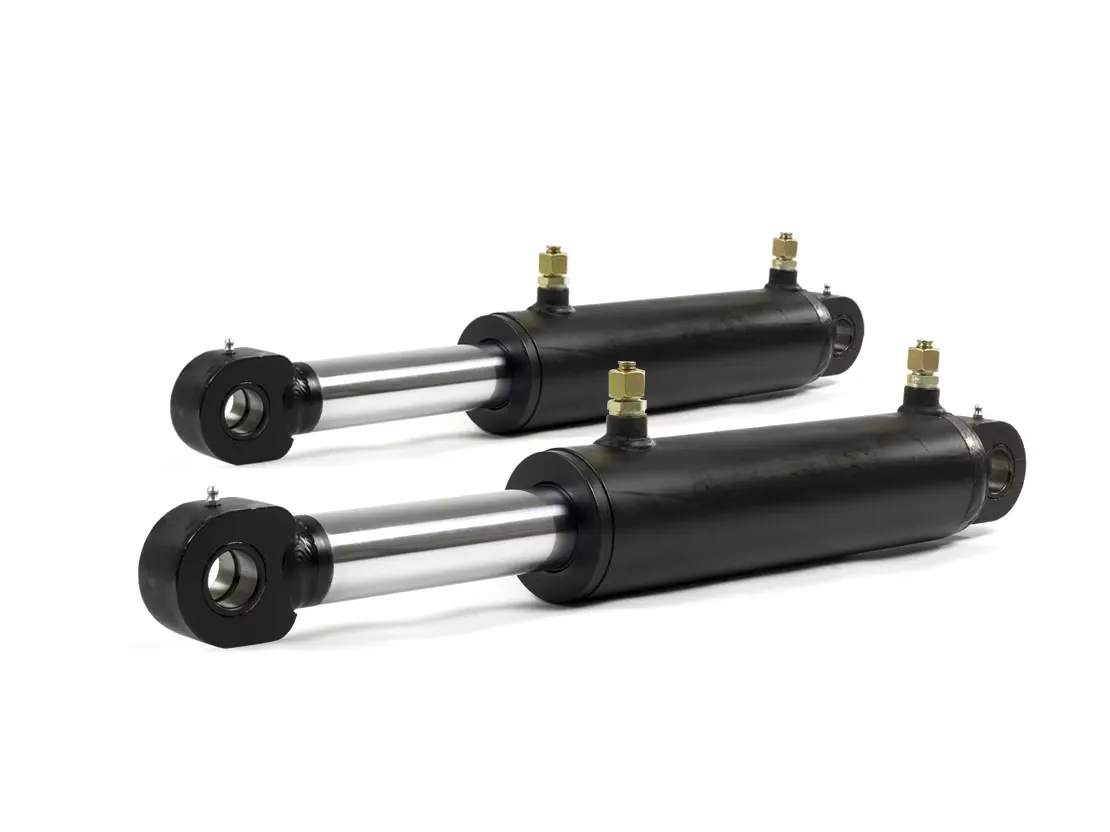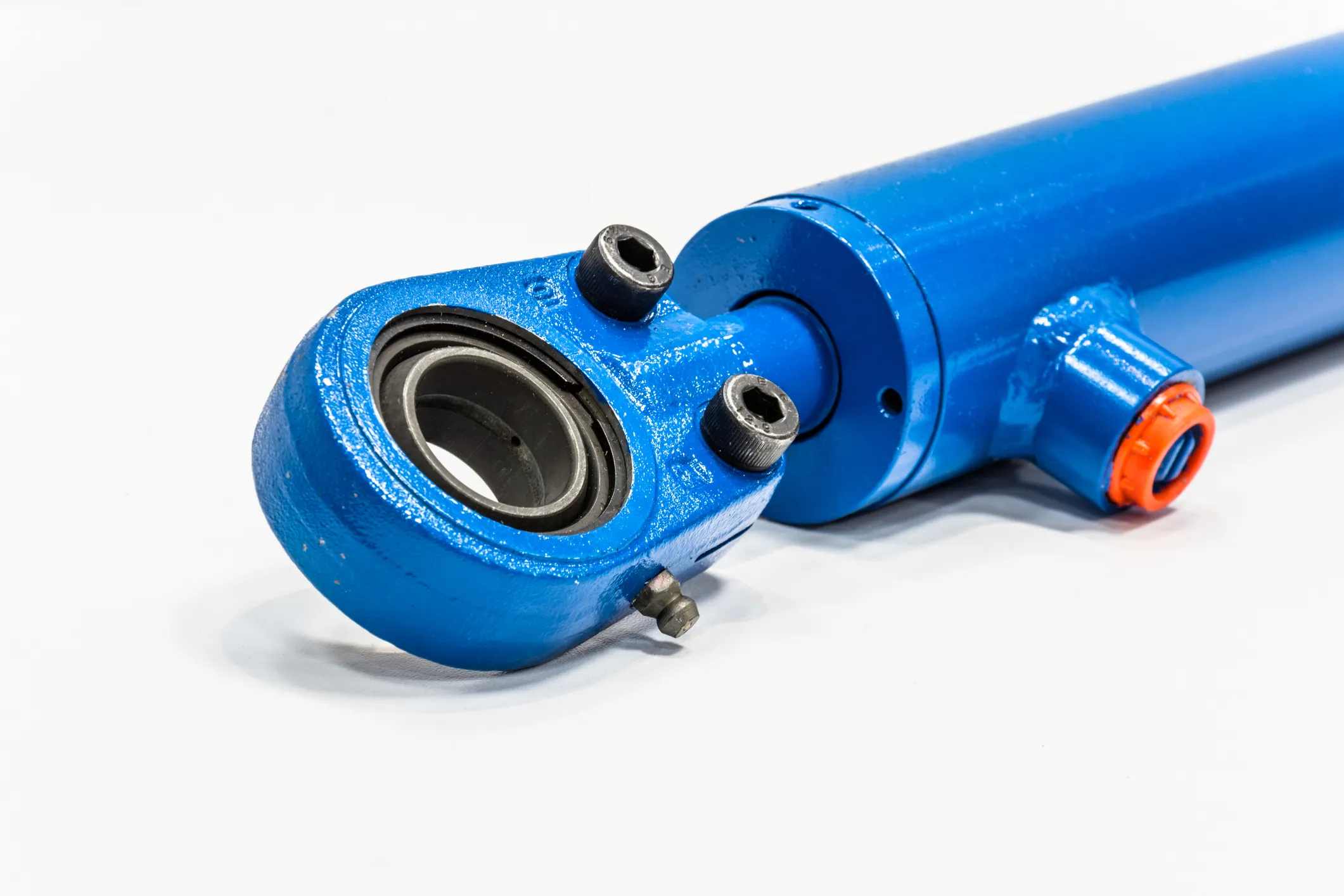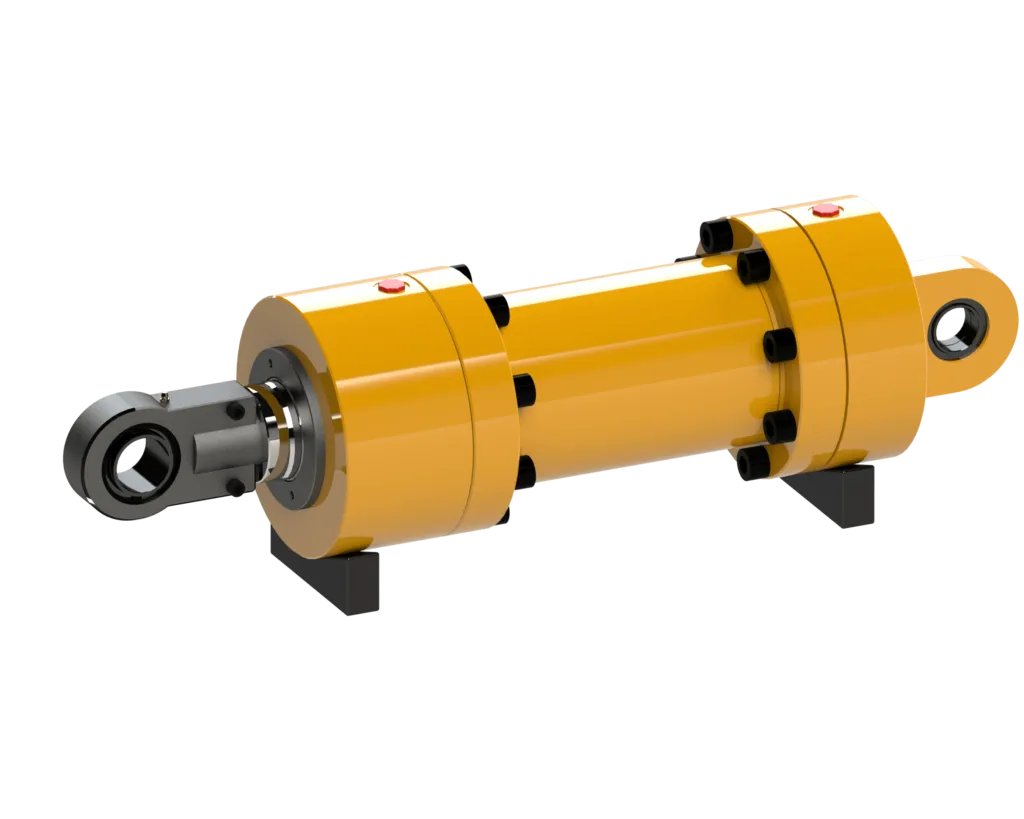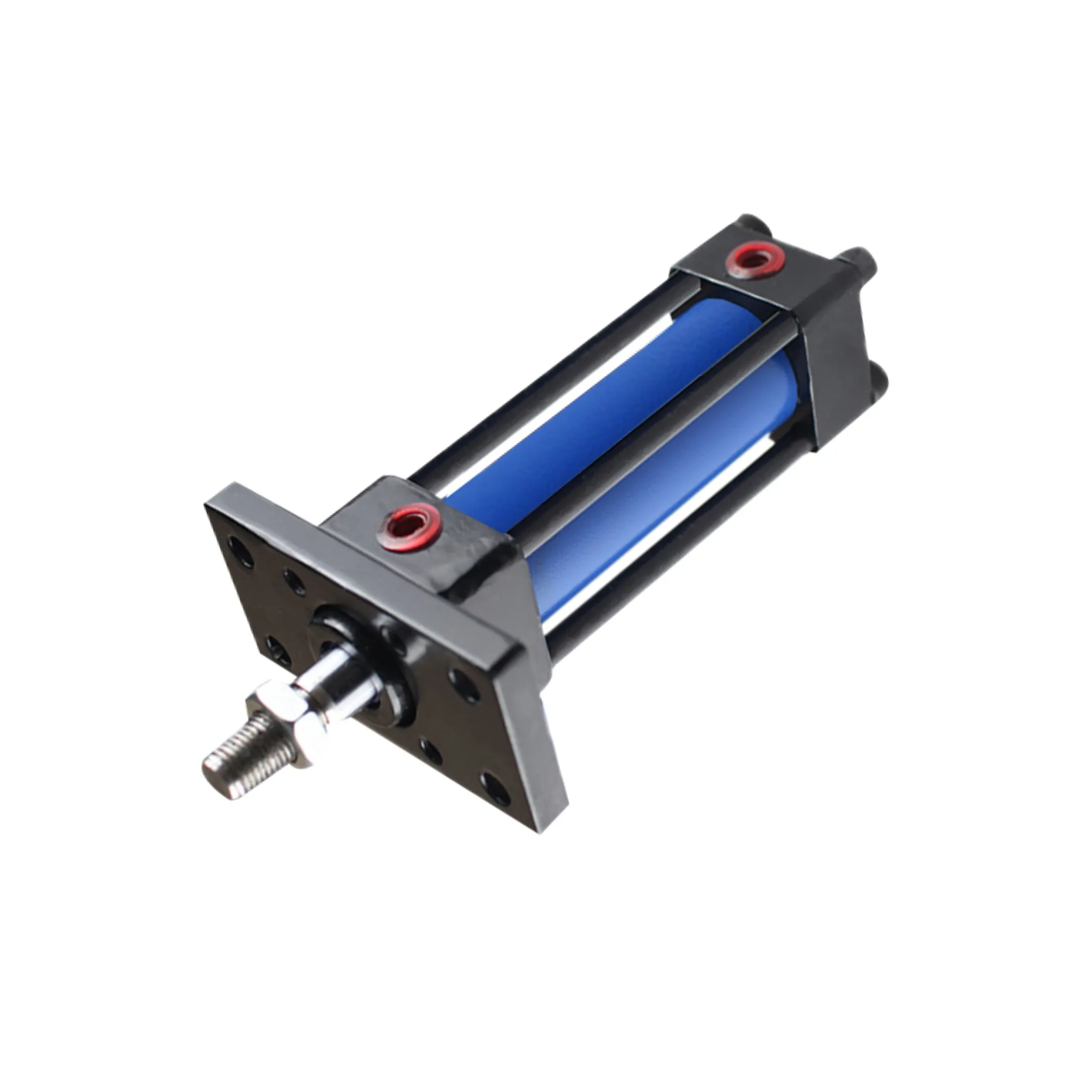Understanding Single-Acting Telescopic Hydraulic Cylinders
Introduction
In the world of hydraulic systems, the single-acting telescopic hydraulic cylinder plays a crucial role in various applications. Let’s delve into the key aspects of these innovative cylinders and explore their design, working principle, types, advantages, internal components, maintenance, installation, and much more.
Defining Single-Acting Telescopic Hydraulic Cylinders
Single-acting telescopic hydraulic cylinders are hydraulic actuators that consist of multiple stages, each nested within the other. These cylinders operate in a unidirectional manner, exerting force in one direction. The telescopic design allows for a long stroke length while maintaining a compact retracted length.
Design Principle and Composition
The single-acting telescopic hydraulic cylinder typically comprises a cylinder, piston rod, seals, and hydraulic oil. The telescopic joint consists of internal and external stages, enabling smooth extension and retraction movements.
Working Principle
During operation, hydraulic fluid flows bidirectionally to facilitate the extension and contraction of the cylinder. The independent extension and contraction movements offer precise control and enhanced efficiency in various applications.
Types of Single-Acting Hydraulic Cylinders
There are three main types of single-acting hydraulic cylinders: piston, plunger, and telescopic. Each type offers unique configurations and capabilities tailored to specific industrial requirements.
Internal Components and Multistage Structure
The internal components of a single-acting telescopic hydraulic cylinder include a single-acting piston and chamber, along with specialized sealing, guiding, and retracting mechanisms. These components work in tandem to ensure smooth and reliable operation.
Advantages of Single-Acting Telescopic Cylinders
1. Precise Positioning: Enables accurate control of movement
2. Force-Generating Properties: Capable of exerting high forces
3. Stability: Maintains structural integrity under load
4. Rigidity: Offers resistance to bending and deflection
5. Responsiveness: Quickly adjusts to changing operational requirements


Applications of Single-Acting Telescopic Cylinders
1. Material Handling: Forklifts, cranes
2. Construction Equipment: Overhead lifts, excavators
3. Agricultural Machinery: Loaders, balers
4. Special Equipment: Customized industrial applications
Factors to Consider
1. Size Range and Stroke Length
2. Material Selection for Durability
3. Integrated Functions and Installation Options
Maintenance Tasks
1. Regular Inspection of Seals and Bushings
2. Proper Hydraulic Oil Maintenance
3. Contamination Control
Installation Steps
1. Mounting the Cylinder Properly
2. Connecting Hydraulic Lines
3. Testing for Proper Operation
Fault Diagnosis and Common Problems
1. Leakage Issues: Check for worn seals
2. Insufficient Force: Inspect hydraulic system
3. Unstable Motion: Verify alignment and pressure settings
Safety Standards and Regulations
Adhering to safety standards is crucial for preventing accidents and ensuring operational efficiency. Overload protection and emergency shutdown mechanisms are essential features for maintaining a safe working environment.
Answering Key Questions
1. Common ways to retract a single-acting telescopic cylinder include hydraulic pressure release or manual retraction methods.
2. Key advantages of using a single-acting telescopic cylinder design include compact size, high force output, and precise control.
3. Load ratings and force capabilities of single-stage vs. multi-stage telescopic cylinders vary based on application requirements and design specifications.

4. Proper installation and maintenance of single-acting telescopic cylinders involve ensuring correct alignment, seal integrity, and hydraulic fluid quality.
5. Single-acting telescopic cylinders are commonly used in material handling, construction, agriculture, and specialized industrial applications.
Long-Tail Keywords
1. “Hydraulic Cylinder Supply Chain Management”
2. “Sourcing Strategies for Hydraulic Components”
3. “Optimizing Hydraulic Cylinder Procurement”
Our Company
We are a renowned hydraulic cylinder replacement manufacturer with a comprehensive product line catering to diverse industrial needs. As a leading hydraulic cylinder manufacturer and wholesale distributor, we prioritize quality, reliability, and customer satisfaction.

